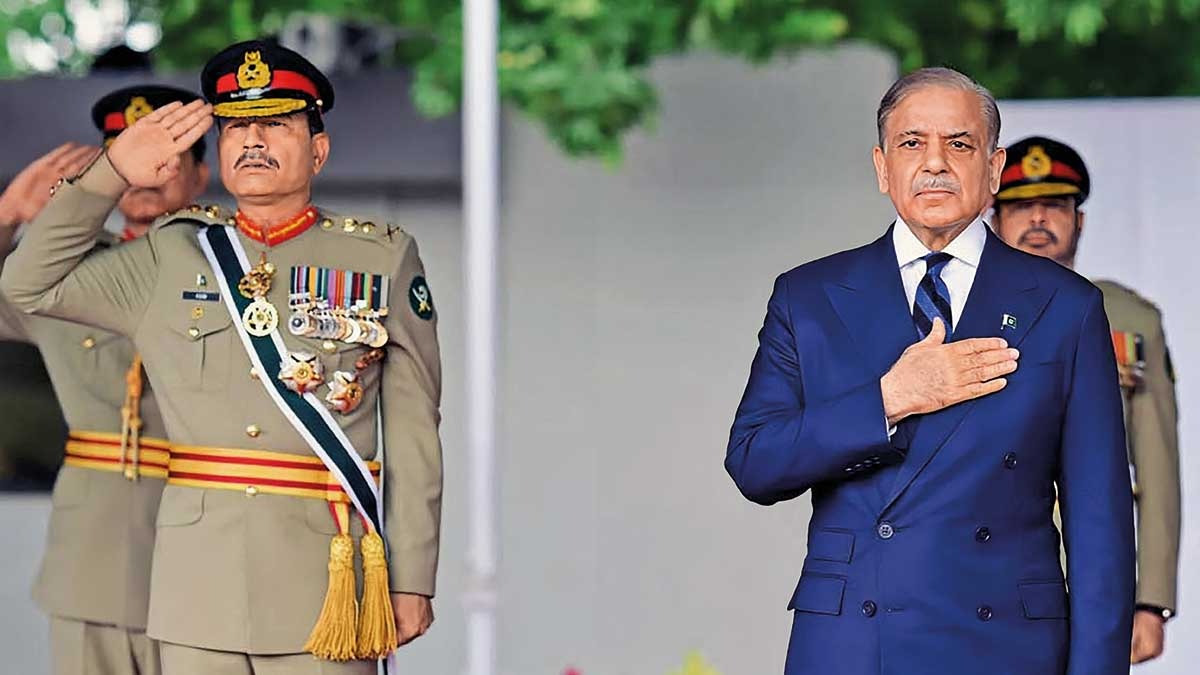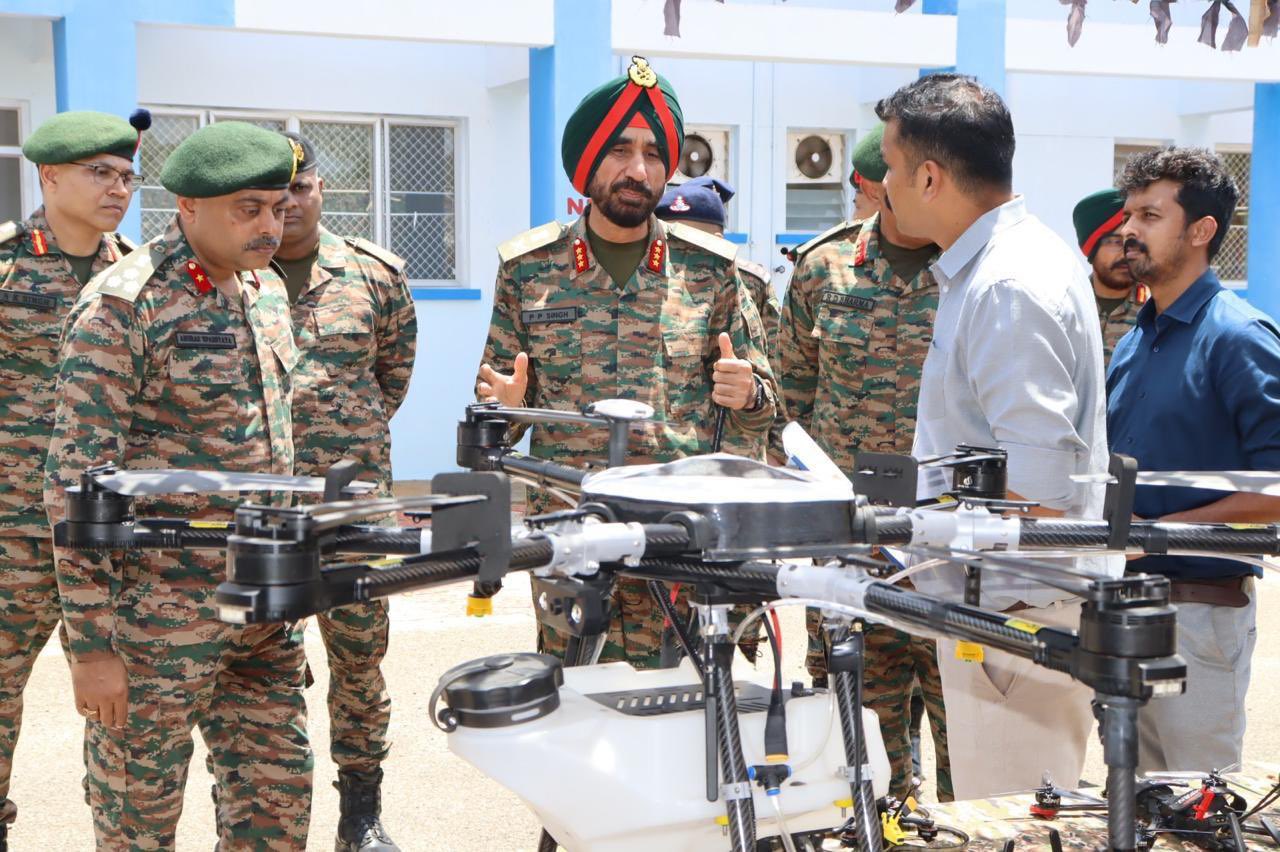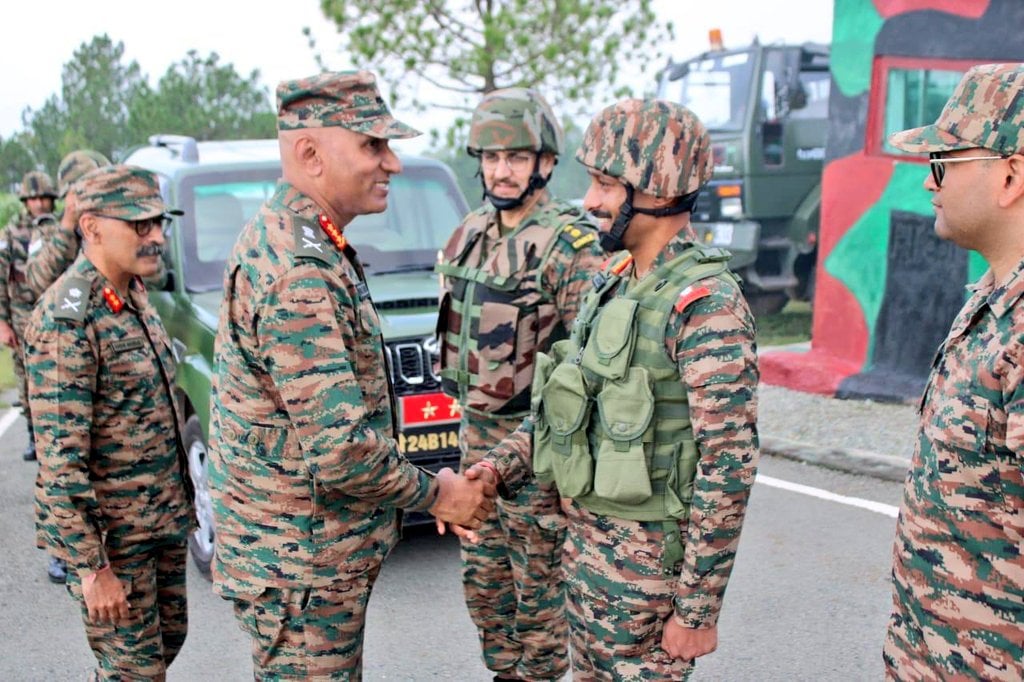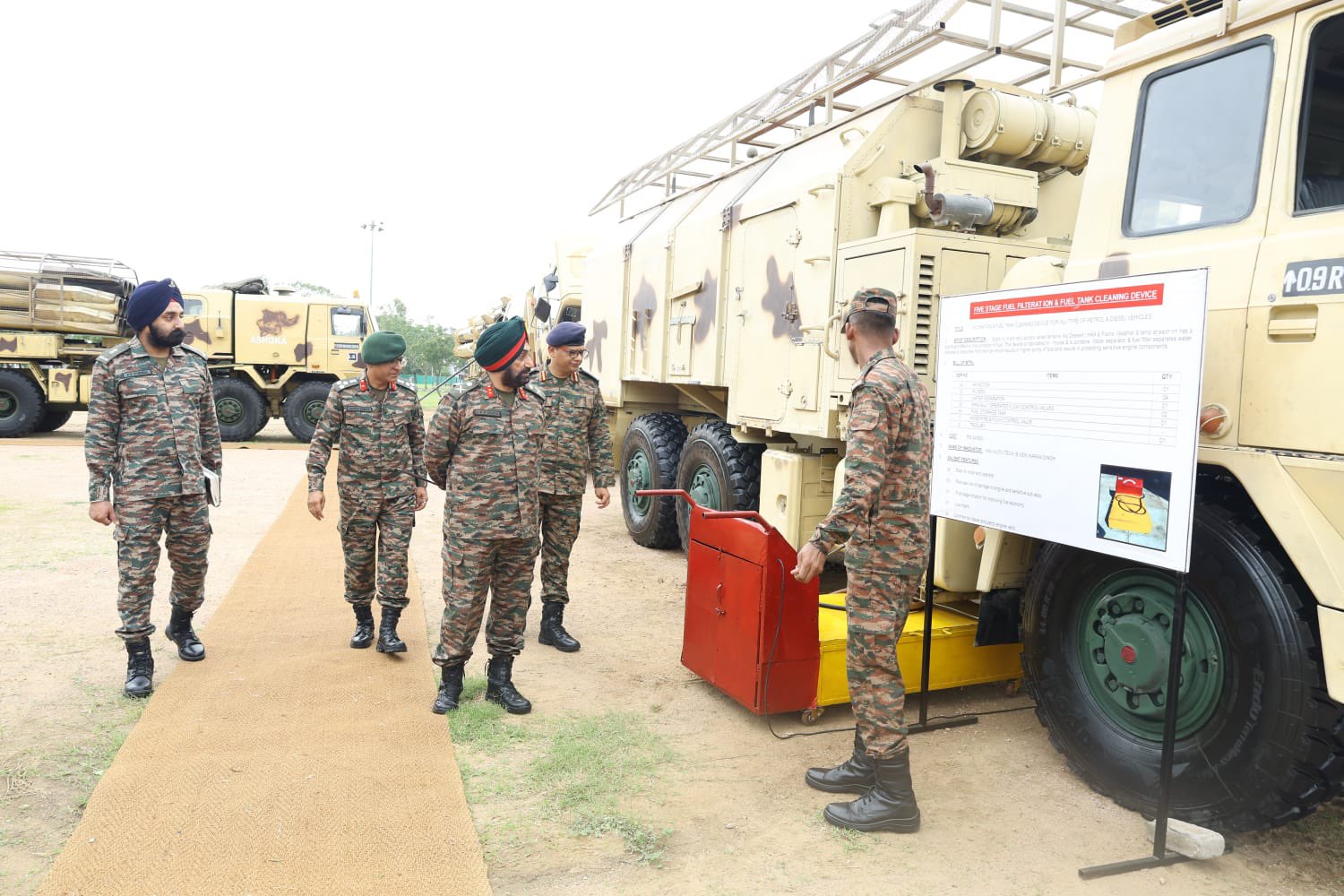Shehbaz Sharif Rejects Nuclear Threats, Says Pakistan’s Nuclear Programme Is for Peaceful Use and Self-Defence
Pakistan Prime Minister Shehbaz Sharif on Saturday dismissed any possibility of a nuclear exchange with India during the recent military…
Lt Gen Prit Pal Singh Reviews Amphibious Brigade Warfare Capabilities and Tech Integration
The Indian Army’s only amphibious warfare formation showcased its operational prowess and technological advancements during a high-level review by Lieutenant…
What is ULFA(I)? The Assam Insurgent Group Back in News After Alleged Drone Strikes on Myanmar Border Camps
On July 13, 2025, the banned insurgent group United Liberation Front of Asom-Independent (ULFA-I) claimed that its mobile camps near…
ULFA(I) Claims Drone Attacks on its Camps along Myanmar border, Indian Army Denies any Involvement
As per The Hindu: The proscribed ULFA(I) on Sunday (July 13, 2025) claimed drone attacks on its camps along the…
Northern Army Commander Reviews Combat Readiness at Bimber Gali Brigade Along LoC
Lieutenant General Pratik Sharma, General Officer Commanding-in-Chief of the Northern Command, conducted a high-profile visit to the strategically important Bimber…
Major General APS Chahal Reviews Operational Prepardness of Agnibaaz Division
The Agnibaaz Division, a prominent formation under the Southern Command of the Indian Army, is earning accolades for its proactive…






